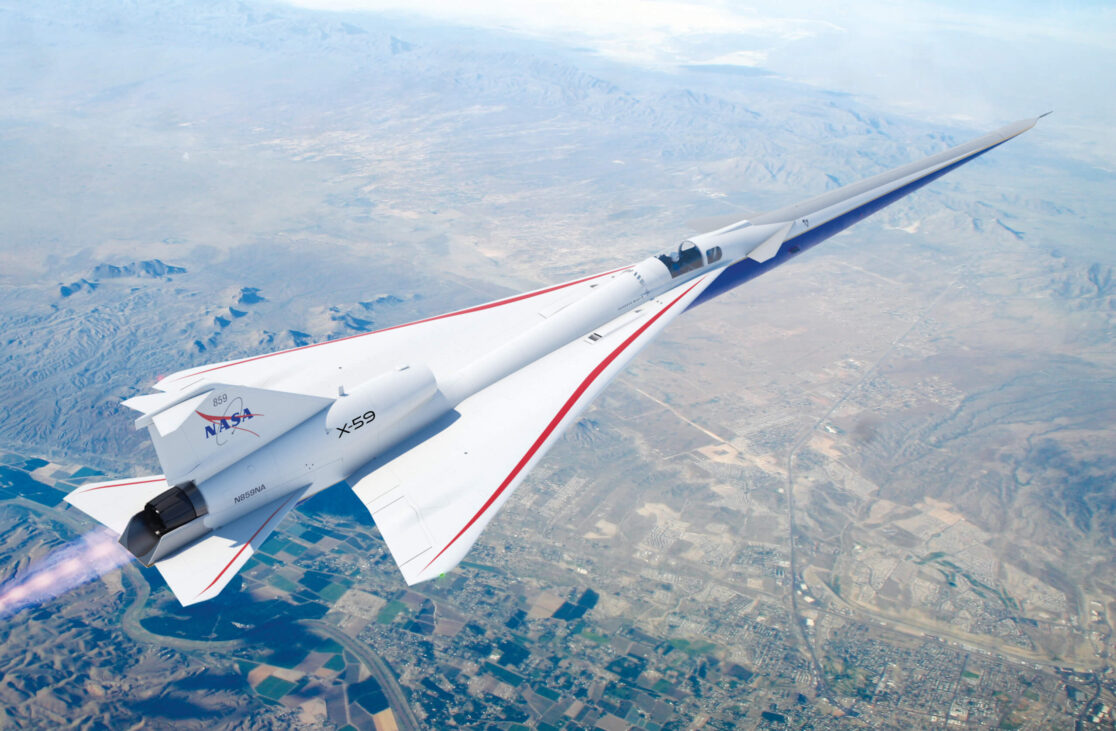
June 6, 2022
With its first flight targeted for later this year, NASA’s X-59 supersonic aircraft – part of the Low Boom Flight Demonstrator (LBFD) project under the agency’s Quesst mission – will soon demonstrate a host of technologies aimed at reducing the perceived sound level on the ground from an aircraft flying faster than the speed of sound. “We really hope to show that there is a [sound] level that is acceptable to the general public for supersonic flight over land,” says NASA’s Project Manager Cathy Bahm. “I really do think that’s a big step to opening up the supersonic market.”
In this episode of NBAA’s “Flight Plan,” host Rob Finfrock speaks with:
- Cathy Bahm, LBFD deputy project manager, NASA
- Lori Ozoroski, project manager, NASA Commercial Supersonic Technology Project
Related Articles
April 15, 2024
Podcast: Recurrent Checkrides Are a Moment to Level-Up, Not Just Level Off
March/April 2024
Boom Supersonic Aims for Net-Zero Carbon by 2025
March/April 2024
FAA’s Top Airport Official Discusses Safety, AAM and Vertiports
April 8, 2024


 International Business Aviation Council Ltd.
International Business Aviation Council Ltd.